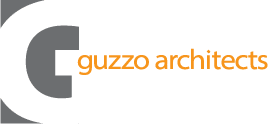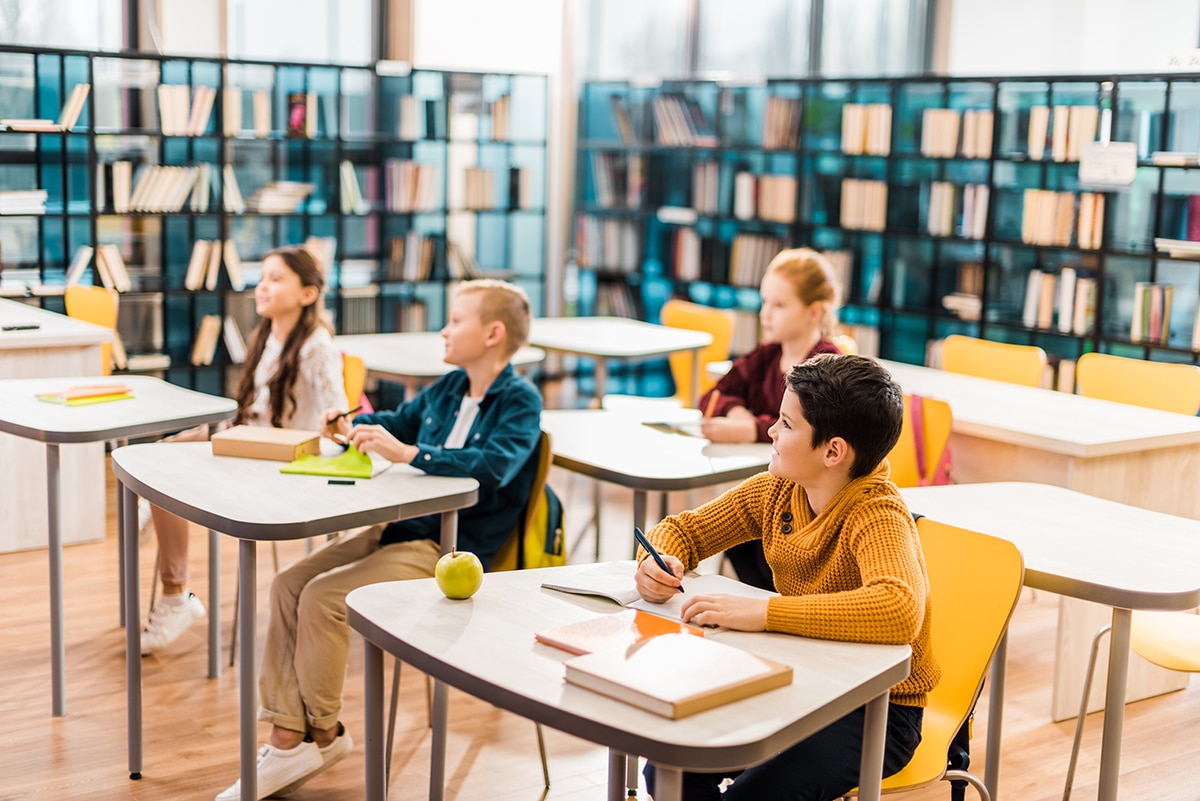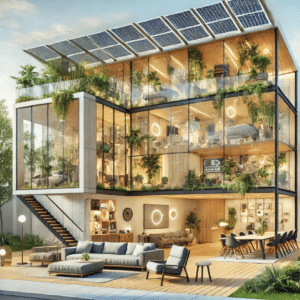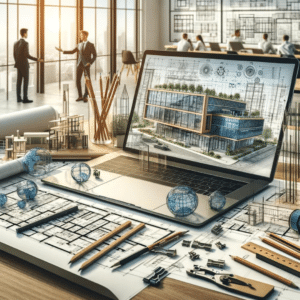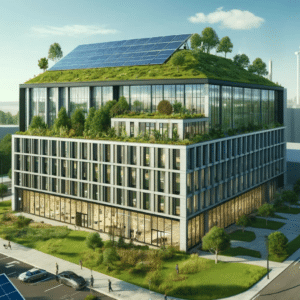After over a year of remote learning for many students across the country, this school year marks a significant return to the classroom. Prior to allowing students to enter through the doors on their first day, school districts were required to implement distancing and sanitation measures throughout their classrooms. While most of these changes were retrofitted into existing classrooms, they are causing a wave of education designs trends 2021 for new and renovated K-12 buildings.
In the short-term, school districts have moved desks further apart, implemented the use of plastic dividers, and reorganized schedules to reduce capacities. In the long-term, K-12 educational building projects will incorporate these necessary changes directly into the permanent infrastructure.
How we look at space planning, safety, and community spaces throughout K-12 buildings will require developing a new lens of architectural design.
What does the future of K-12 education design look like?
There will be a focus on permanent features that can accommodate the current safety, distancing, and cleanliness standards we now expect in schools. Classrooms will need to be more flexible to allow alternative teaching methods that students will require.
Reimagining K-12 Education Building Design
Space planning will be one of the larger focuses for school administrators in education design trends 2021. Teachers and faculty will be looking for more flexibility in their classrooms and gathering spaces. There will be a need to maximize classroom sizes within the constraints of the current building and allow the furniture and teaching stations to be mobile pieces that can move anywhere to best serve the class.
While collaborative learning will continue to be the main objective for any 21st Century Learning facilities. Virtual learning has served to bridge the gap during the pandemic with mixed results. As we identify which methods are successful and which are not, virtual learning will take a stronger role alongside traditional methods moving forward. The pandemic has pushed many educators and designers to reconsider the student experience all together.
Another focus will be on the overall safety of renovated K-12 buildings. Surfaces that cannot be easily cleaned, such as carpet, will be quickly replaced with tile and hardwood alternatives. Educational design will opt for mechanical air-units that have a higher number of air exchanges. The design of custodial rooms and cafeterias will get more attention to ensure daily cleaning requirements can be met. Main entrances into school buildings will be redesigned to allow proper distancing between large crowds of students as they enter and exit the building each day.
Why Education Design Trends 2021 Are Here To Stay
With vaccines and proper sanitation habits in place, the pandemic itself may not be such a topic of conversation in the future. Regardless, the mindsets of school administrators, faculty, and parents are not going to change any time soon. Parents and staff will expect safety and cleanliness standards to continue into the foreseeable future in an effort to avoid any future pandemic or health related incidents and to keep their children safe.
While measures such as masks and plexiglass dividers may become a thing of the past, distancing and sanitation will stay with us into the future. K-12 education design will need a revitalized focus in these areas before future new build and renovation designs are approved by governing bodies.
Designing New K-12 Education Projects
Does your K-12 school building need safety and sanitation upgrades? We can help! To learn more about how we can specifically help you or your local community, schedule a time to chat with us today!
